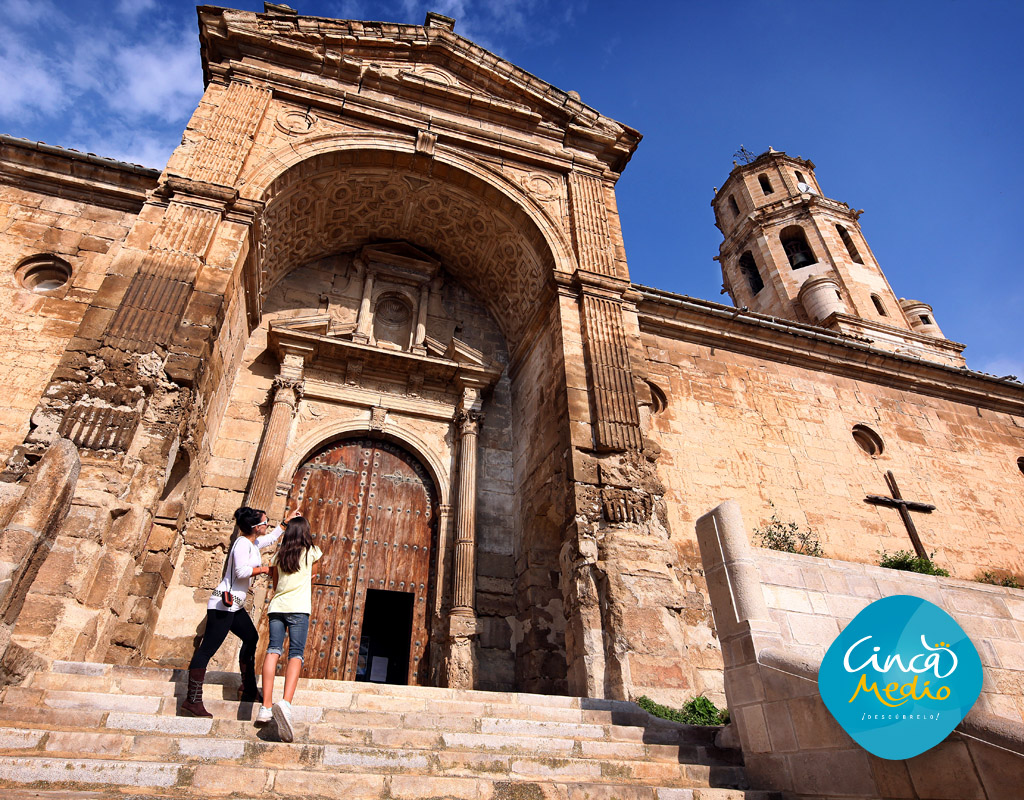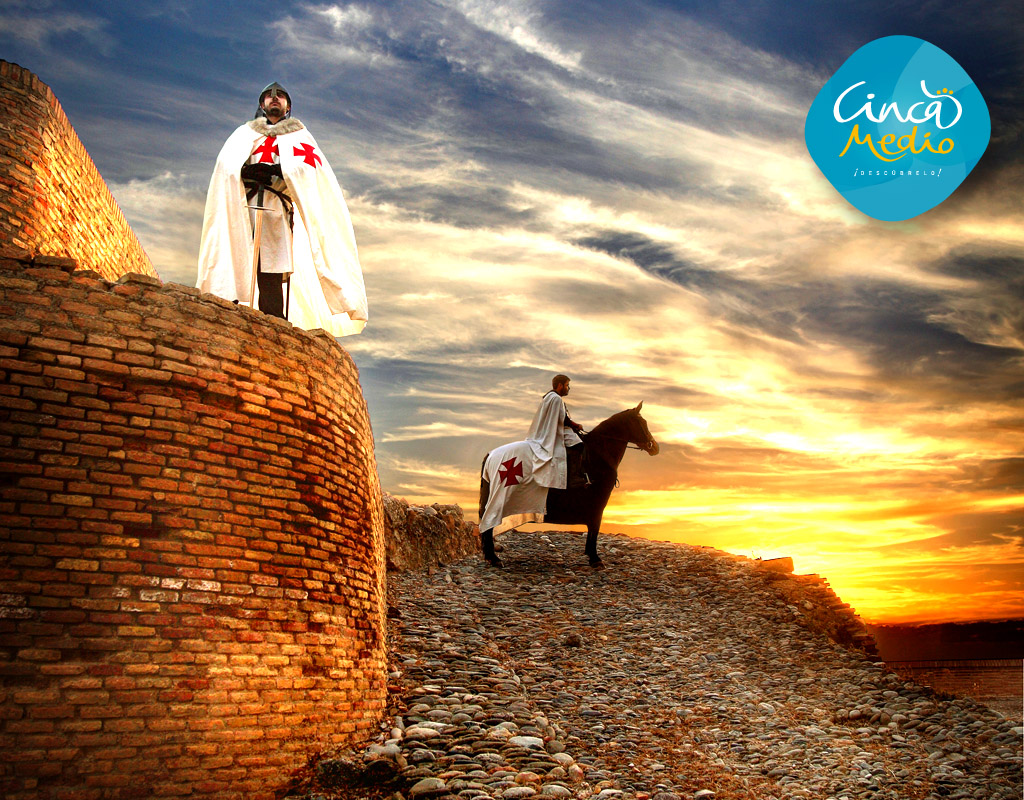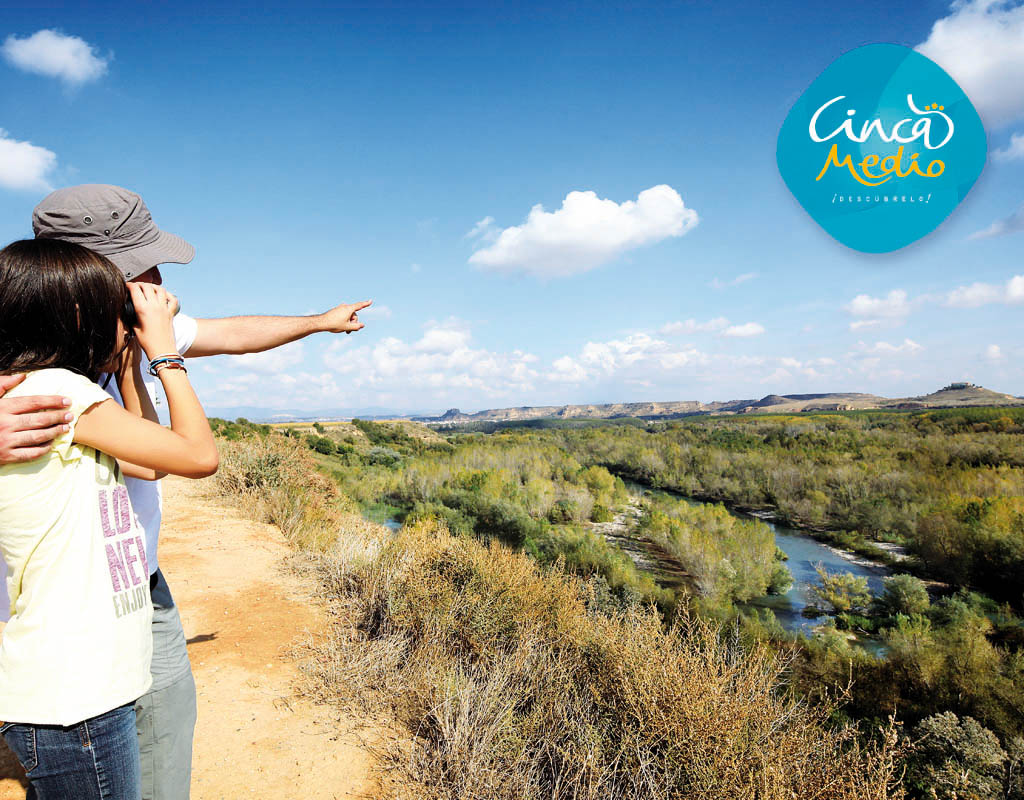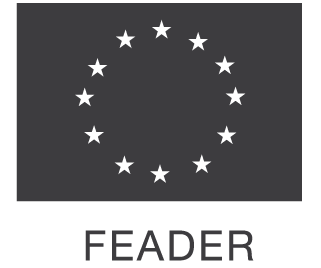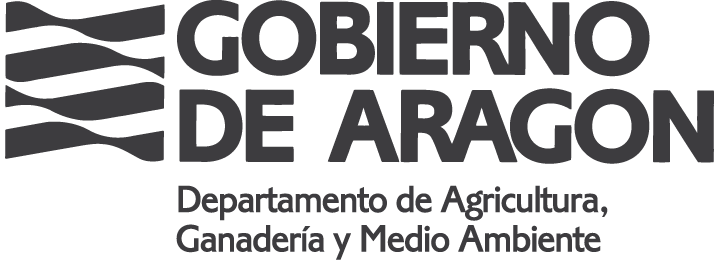Born in 1846, in a house on the main street of Monzón. His family was of very humble peasantry background, forcing them to move to Graus in 1852.
He left the village as soon as he could to go to Huesca and Paris to work and study.
His motto was “Modernize and Europeanize Spain”, hence creating wealth. Water for a thirsty land, integrated education for the children of peasants and workers, just laws emanating from honest and effective politicians. Defense of the the village customs/traditions and roots. He obtained his Baccalaureate, Magisterium, Bachelor of Law and Philosophy as well as a Doctorate in Law and Philosophy. He worked as a professor of Administrative Law and the Free Institution of Education, in addition to practicing law and notary. He founded several companies - Commercial Geography, Agricultural Chamber of the High Aragón, National Producers League to name a few. He was deputy for the Republican Union. He was point of reference for landmark politicians, educators, economists, jurists and literary figures for years to come. However, his life would be a constant disappointment. Costa was a maverick, a non-conformist, whose indignation was exacerbated by the insensitivity of Spain.
In 1904 he returned to Graus, sick and old, to die in peace. In 1911 he suffered a right hemiplegia from which he never recovered.



 Albalate de Cinca
Albalate de Cinca




